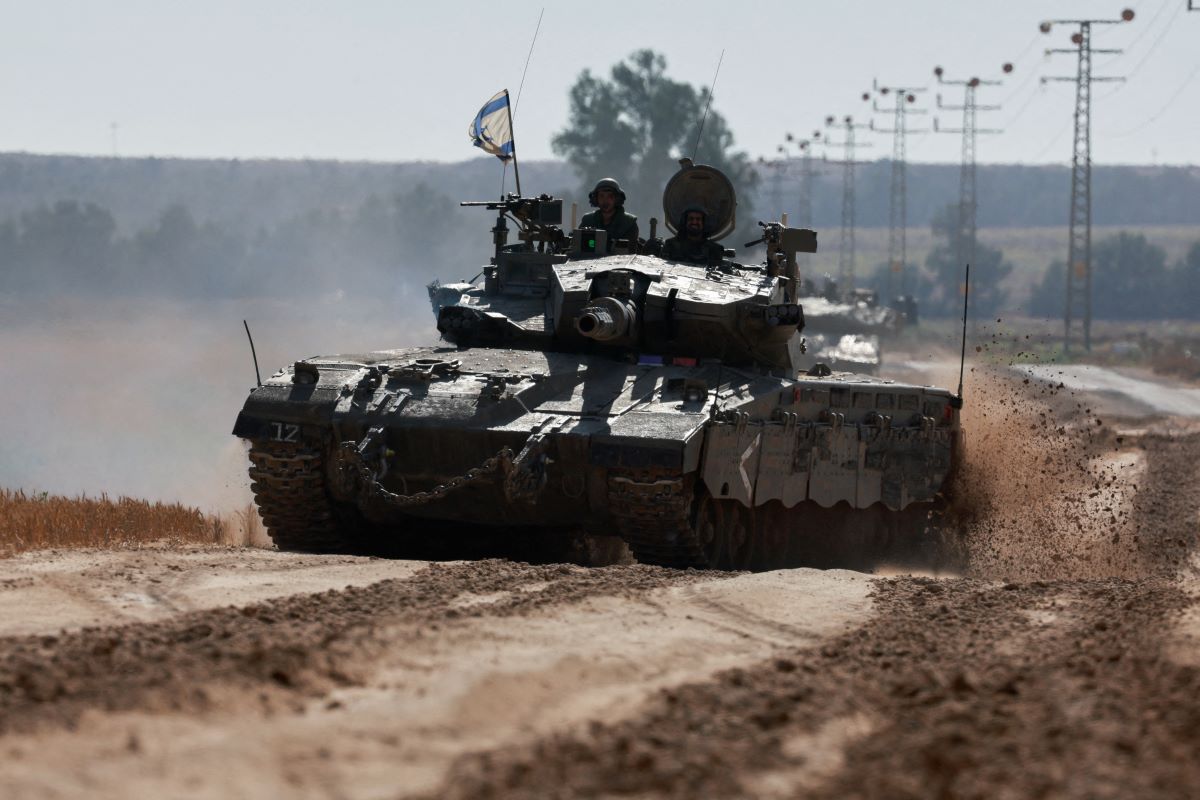
Many horses with small engines, impressive breezes and “hot” performances, have as their “culprit” a turbine invented during the races, with the initial aim not to increase the weight of the car.
The search for solutions to increase horsepower and torque began as was expected from motor racing, where technicians had to keep the car’s weight low, without increasing its displacement. The effort was initiated experimentally using mechanical superchargers that received motion from the crank via gears and belts.
But this had the disadvantage of losing transmission power due to friction. The original thinking was that a supercharger would compress and force more air into the cylinders through the intake, burning a greater amount of mixture, thus automatically improving the engine’s “breathing”, torque and power output.
Exhaust gas turbochargers
In the course of development and search for something more efficient, exhaust gas turbochargers were invented, which use exhaust gases as a driving force to compress air in the car. butterfly intake and from there to the combustion chambers. It consists of two parts: rotor and compressor with impellers and common rotating axis.
The turbine is inserted into the exhaust system, usually bolted on “octopus” exhaust, while the compressor is connected to the intake system. Exhaust gases from the exhaust are thrown into the turbine and forced to rotate. The compressor also automatically rotates coaxially, thus compressing the air and increasing its density, before it reaches the cylinders.
In order for the engine to withstand heavy air pressure at high operating speeds, a relief valve is placed between the exhaust manifold and the turbine. When the pressure reaches the engine protection tolerance, this valve opens, allowing exhaust gases to escape, thus reducing intake pressure.
For maximum instantaneous acceleration performance, there is an additional boost mechanism that slightly delays the operation of the escape valve, allowing an instantaneous increase of supercharger above 1 bar, always depending on the specification of the engine ‘coolers’. To also protect the engine from the high temperatures that develop, an electronically controlled system is used, which commands the relief valve to open and the air pressure at the accelerator pedal to drop.
There may also be a pre-ignition sensor to change the progress, in case the high temperature of the mixture causes it to spontaneously ignite.
Radiator
To reduce the temperature of the imported compressed air at the inlet, but also to reduce the increased temperature inside the cylinders from the combustion of a larger amount of mixture, there is a heat exchanger or intercooler.
This air “cooler” is positioned between the compressor and the intake manifold, where it cools the compressed air before it reaches the combustion chambers. By reducing heat, the density of the air increases, which has a beneficial effect on the performance and overall performance of the engine because more fuel can be burned per volume of mixture.
It is enough for the elderly to remember, on hot summer days, how low the energy efficiency of “voltage” is. Renault Turbo And on Hyundai S Coupe Turbos, as well as other early turbo cars, which did not have an intercooler from the factory.
Turbo lag
Turbo throttle response lag cannot be eliminated, but it can be reduced. This is because at low revs the exhaust gases do not have enough kinetic energy to overcome the inertia of the overall turbocharger system. In “delay” mode, the driver presses the accelerator pedal and waits a few seconds for the turbo to “wake up.”
A partial solution is provided by some expensive supercharging systems, made of light alloy materials, with less weight and less rotational inertia. Thus we see that small turbines “seize” faster than large turbines, because their moving parts, due to their size, have less inertia.
Judgment
Exhaust turbines are one of the most effective ways to increase the horsepower and torque of an engine. They maintain their superiority over mechanical compressors, as they do not burden the engine during operation, using part of the energy of the exhaust gases that would otherwise go unused.
A unique feature of mechanical turbochargers is the lack of turbo lag, because they compress the incoming air from the start, without lag!
source: thecars.gr

“Avid problem solver. Extreme social media junkie. Beer buff. Coffee guru. Internet geek. Travel ninja.”





More Stories
SK Hynix prepares its first 300TB SSD – SSD
‘Like underwater fires’: The Great Barrier Reef had its hottest summer on record
Physicists uncover a cosmic mystery: “A flaw in the structure of the universe”